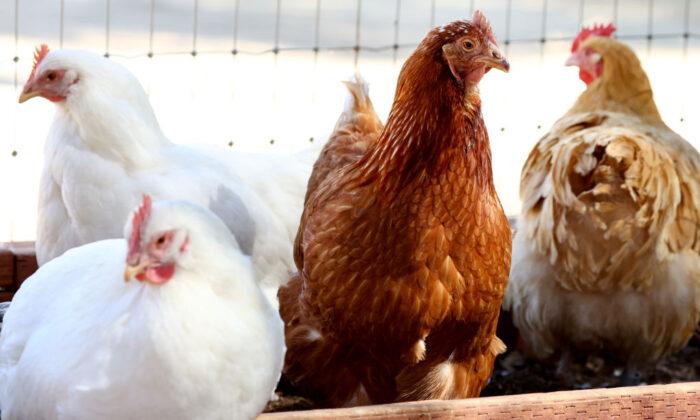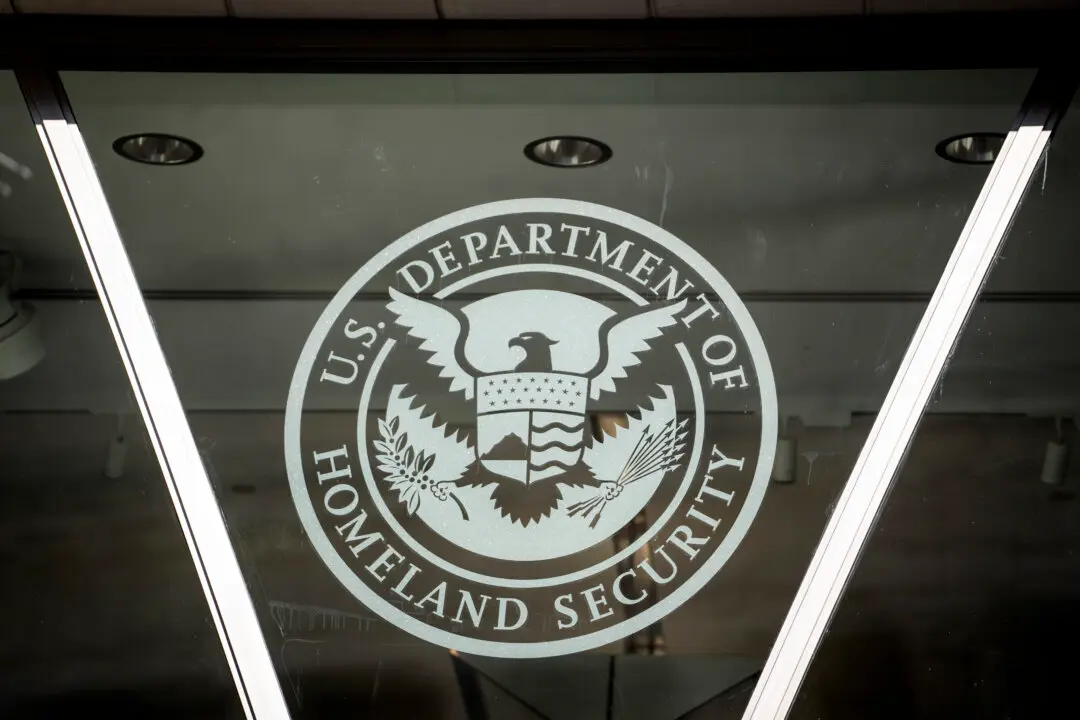The U.S. Department of Agriculture (USDA) has proposed new rules banning certain poultry products from being contaminated by salmonella bacteria, a move the industry argues would only cost workers their jobs and take convenient products off shelves.
Specifically, under the proposal, any breaded, stuffed raw chicken products would be considered adulterated if they tested positive for salmonella at one colony forming unit per gram prior to stuffing and breading. A colony is a cluster of bacteria large enough to be viewed with the naked eye.
According to the CDC, salmonella bacteria each year cause approximately 1.35 million human infections across the nation, resulting in 26,500 hospitalizations and 240 deaths. About 23 percent of those infections are attributed to poultry consumption.
“USDA is taking science-based, decisive action to drive down Salmonella illnesses linked to poultry products,” said Agriculture Secretary Tom Vilsack. “Today’s proposal represents the first step in a broader effort to control salmonella contamination in all poultry products, as well as a continued commitment to protecting American consumers from foodborne illness.”
Industry Expresses Grave Concerns
Tuesday’s proposal was met with an outcry from the poultry industry. The National Chicken Council (NCC), a non-profit trade association for chicken producers, processors, and distributors, said they have “grave concerns” that it would hurt both consumers and industry without actually improving public health.“NCC estimates that on an annual basis, over 200 million servings of this product will be lost, 500-1,000 people will lose their jobs, and the annual cost to industry is significantly higher than USDA’s estimates,” Mike Brown, the president of NCC, said in a statement. “It is likely that this proposal would drive smaller producers of this product out of business entirely.”
“This administration has prioritized addressing concerns with food availability and affordability,” Brown continued. “This proposal would undermine these goals by driving up food costs, reducing the supply of convenient, nutritious chicken, and forcing lower-income consumers of these products to purchase more expensive alternatives.”
The NCC further questioned whether the proposal is actually backed by data or scientific analysis, claiming that since 2015, there has been just one multi-state salmonella outbreak associated with the products targeted in the proposed rules.
Salmonella Infection: Symptoms and Prevention
While some people with salmonella infection have no symptoms, most people develop diarrhea, fever, and stomach cramps six hours to six days after being exposed to the bacteria. The sickness usually lasts a few days to a week, and most people recover without treatment.To prevent salmonella infection, the CDC advises Americans to follow four basic safe food handling behaviors: washing hands and utensils to avoid spreading bacteria when preparing food; using one cutting board for raw meat, poultry, and seafood and a different one for produce, bread, and other foods that won’t be cooked; cooking all poultry, including ground chicken and turkey to 165 degrees Fahrenheit; and keeping the refrigerator at 40 degrees F or below to keep bacteria from growing.





